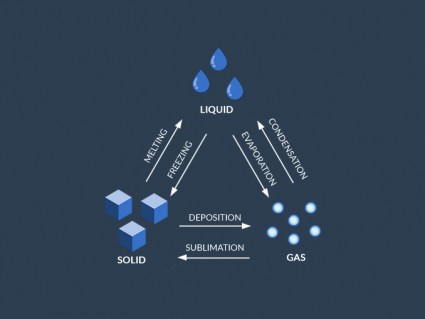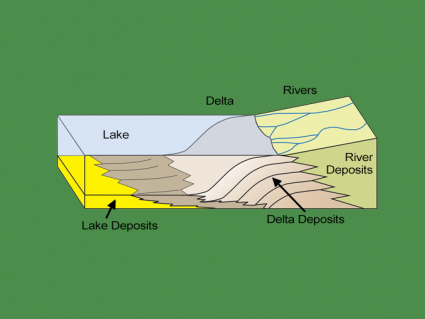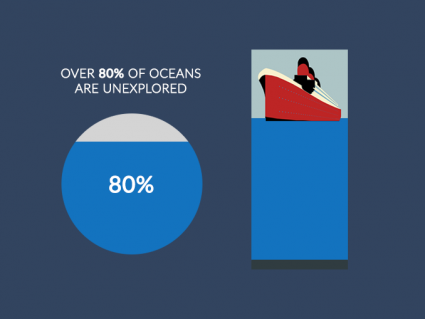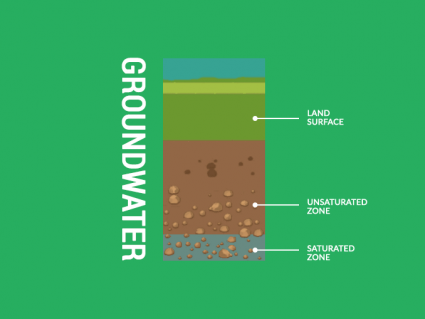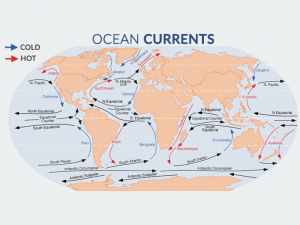Watershed Manager Career: What To Expect

What Does a Watershed Manager Do?
A watershed manager is responsible for the health of water areas, like rivers and lakes. They ensure water is not only clean but also safe for use.
While focusing on the movement of water, they also focus on water quality. But their job is to mainly plan strategies to protect water from pollution.
Watershed managers collaborate with the community and other professionals. They create rules and guidelines to maintain the health of a watershed.
For example, they might limit certain activities near water sources like agricultural uses. So, their role is key in keeping our water resources sustainable.
The Roles of a Watershed Manager
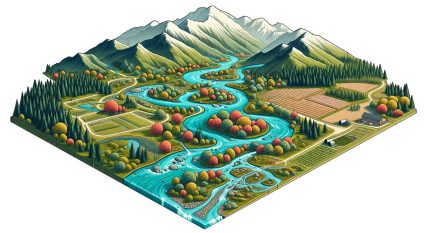
I always find it useful to think of a watershed manager as a gardener taking care of a large garden.
For example, a gardener knows every plant and how to keep them healthy. This is just like a watershed manager who understands every part of the watershed, from rivers to groundwater.
The gardener waters the plants, removes weeds, and protects against pests. This is much like how a watershed manager ensures clean water, prevents pollution, and manages resources. Both work to maintain a healthy, thriving environment.
Types of Watershed Management
Although watershed managers won’t use all types of watershed management, they might use some of these:

- Preventive Management: Aims to stop pollution before it starts. For example, regulating chemicals near water sources.
- Corrective Management: Addresses and remedies existing water quality issues. Often involves cleaning up polluted areas.
- Strategic Management: Involves long-term planning for watershed health. It considers future risks and opportunities.
- Integrated Management: Combines water resource management with land use planning. It ensures both work together in harmony.
- Community-Based Management: Involves residents in decision-making. This approach ensures it meets the community’s needs.
- Adaptive Management: Allows for flexible management strategies. Adjustments are made as environmental conditions change.
- Participatory Management: Encourages public involvement and feedback. It values diverse opinions and ideas.
- Sustainable Management: Focuses on solutions that are beneficial in the long run. It balances environmental, economic, and social needs.
These types of watershed management all have a lot of overlap. But each has a role in maintaining a balanced watershed.
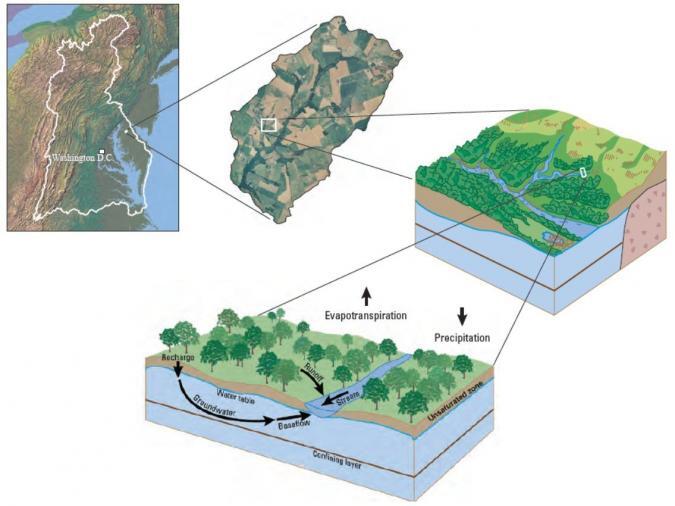
What is the salary of a watershed manager?
The salary for a watershed manager depends on location, level of education, experience, and the specific employer.
Here is a general rule of thumb for the earning potential of watershed managers:
1. In the United States: The average salary for a watershed manager typically ranges between $70,000 and $90,000 per year. Those in senior positions or with more experience can earn more. Salaries can exceed $100,000 in some cases.
2. Internationally: Salaries can vary significantly. In countries like Europe, Canada, and Australia, they might have comparable salaries. In other regions, salaries may be lower due to economic differences.
Additionally, watershed managers working for government agencies may have different salary scales compared to those in private sector or non-profit organizations.

Jobs in watershed management
Are jobs in watershed management in high demand? The good news is that yes, we do. Because water resources are facing many challenges, we need their expertise today.
The United States has a total of 18 major river basins and is further divided into 888 watersheds. That’s a lot of watersheds to manage.
Watershed management is key to keeping our water clean and safe. It’s a team effort, involving science and local communities. Because of this, they keep our water healthy for everyone.

